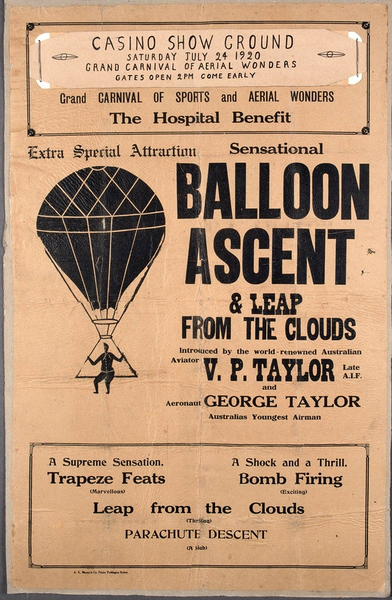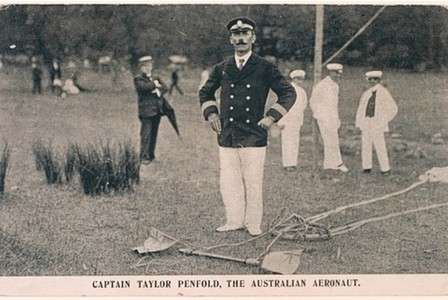Hello hello! I hope you all had a wonderful Christmas whatever you got up to. For myself I didn't really start to feel the Yuletide spirit until about the 23rd, but then the Christmas bug really started to bite even though it was a quiet one this year. I spent Christmas Day with the old folks (as Vera Lynn once
sang!) where we listened to music - including some of my own that I managed to sneak in! - and played games (two favourites being
Ticket To Ride and
Phase 10, both highly recommended!) before the obligatory Christmas feast. A three-bird roast (turkey, chicken & duck) was being trialled this year along with the traditional pigs-in-blankets, gammon ham, roast pots and of course sprouts - yum! (If, like me, you still have a penchant for the childhood drink Ribena I can also recommend a more adult update I was introduced to - Rum & Black. One part rum to two parts undiluted cordial. A sweet and warm treat!). Thence to the settees to relax with
Call The Midwife and later
The Incredibles; with Boxing Day more of the same.
But the main event was naturally the present-giving and I suppose you want to see what I got, don't you? Well I'm happy to show you, for even in this leanest of years I have been overwhelmed and delighted with the gifts I received.
I mentioned about putting Bryan Ferry's new album that I previewed
last month on my Christmas list - which I did - and lo! one of my sisters saw it and delivered the goods! I'm very pleased to say that it is as good if not better than my already high initial impression and I would reiterate my verdict that if you like 1920s jazz then this CD is a must and can stand shoulder to shoulder with records from the time.

With some money I also downloaded an original Twenties album from Amazon.
Turn On The Heat: Hot Dance Band Sides 1925-1931 Sam Lanin & His Orchestra is a selection of
twenty-seven(!) tracks recorded by American bandleader Sam Lanin. Lanin's name is not so widely known as he was very much a session musician, leading bands under a variety of pseudonyms including The Broadway Bell-Hops, Bailey's Lucky Seven and The Ipana Troubadors. Looking at the most commonly-found picture of him on the cover sleeve he looks to me the least likeliest person to be leading a red hot jazz band, with his
pince-nez glasses and serious face - although I like to think I can see a glimmer of a barely-suppressed smile there too.
As an aside, several thoughts that have occurred to me over the years I've grown to love jazz came to mind again thanks to these two records:
- I love the names of 1920s jazz bands like those above - or The Rhythm Jugglers, Adrian and his Tap Room Gang, The Dixie Syncopators to name but a few more. Band names today don't hold a candle to those of the Twenties - with the exception perhaps of the Red Hot Chili Peppers.
- People often ask me (as they have done again in this case) what it is I like about this genre of music, beyond the cultural and historical associations. As with most folk it is largely a matter of individual preference and/or the musicianship, but for me I would also say that the main reason is simply... it's fun. It makes me smile (laugh even) and acts as a channel back to the 1920s, '30s or '40s. I just know that people enjoyed themselves to this soundtrack and it provides a strong, immediate connection to such past enjoyment - almost to the point of encountering the "past life" feeling I have spoken about previously and that I know some other bloggers feel sometimes.
- I can't help but give a wry smile when I think that I have managed to get a 25-30 song anthology album like this latest Sam Lanin one for the same price - or sometimes even less - than a modern group's latest album with 8-12 songs on it. Part of the reason is just popularity, of course, and today's bands naturally want to leave their fans wanting more and don't wish to spread themselves too thin. As long as I can get dozens of my favourite songs for very little outlay, long may it continue.
- In a similar vein, I love the incongruity of downloading 80-year-old songs through the Internet. I've written before about "the best of both worlds" but the paradoxical aspects of using modern technology to further old-fashioned ideals - or confronting 21st-century problems with 19th-century solutions - often amuse me and in part led me to the likes of The Chap and Chappism. Would my downloading of Sam Lanin, or the Savoy Orpheans, or Mr B. The Gentleman Rhymer, show up in any form? If enough of us downloaded an old song, could it re-enter the charts like Rage Against The Machine did a few years ago? Wouldn't that be something?!
Having digressed terribly, I shall just say that the Sam Lanin collection was money well spent with not a track I don't adore. I've had it on repeat practically non-stop since Boxing Day; as "The Whoopee Makers" (see what I mean?!) his arrangement of
St Louis Blues is one of the best I've heard:
Returning to the other presents, here you can see them all together under my tree back at home. As well as the aforementioned
The Jazz Age CD, look at all those other treasures!
A tin of Scottish shortbread biscuits, almost a Christmas tradition and certainly one of my favourite treats, from my aunt and uncle. I've been steadily working my way through them these last three days! "Nom nom nom", as they say.
Almost as much a Yuletide tradition in my family, a calendar from one of my sisters. For 2013 it's Britain From The Air and the pictures do not disappoint.
Holiday Inn on DVD! I have two confessions to make here: one, I've never actually seen this film in its entirety before (for shame! - and me a Fred Astaire fan...) and two, it wasn't really a present as such but had been in the folks' DVD library for a couple of years - but they didn't enjoy it (I know, how?!). Their loss is my gain, however, as mater let me take it home.
A Marks & Sparks traditional shaving set from a chum comprising brush, soap and lidded wooden bowl. Splendidly old-fashioned, but I had to admit to him that for speed and safety's sake I tend to use a modern electric shaver. It will get an outing at some point in the future, though, I can assure you (and him).

Returning to an earlier theme, I do have an iPod (Classic - see how even with modern technology I try to retain some outdatedness) and when I first got it rather than use one of those dull and tacky leather protector cases I invested in a
Gelaskin - a lightweight reusable stick-on cover that comes in thousands of different designs. I originally chose Steampunk (
left), but that was only my second choice. My favourite design was unavailable at the time but I'm pleased to say it is once again in stock and has found its way to me this Christmas. For 2013 my iPod will be sporting the Underworld look (
right).
 |
| The Flying Scotsmint |
What is that flash of green beneath the tree to the left? Why, it's the Flying Scotsman in tin form! Yes, one of my other sisters (it can be fun being the only baby brother sometimes!) got me this beautiful tin train for Christmas. Not a toy tin train - although I can't guarantee it won't be used at such from time to time! - but actually another goody-container. More [train-shaped] shortbread? No, but just as good - mint humbugs!

Underneath the CD and tin train you may just be able to discern something woollen. Mother in fact surprised me with a cable-knit sleeveless pullover! Quite where she found the time to knit it between all the stuff she makes for the grandchildren and husband I don't know, but in her own words she wanted to "see if I could still do cable knit" and on this evidence I'd say she certainly can! Ever the perfectionist she thinks the neckline is not deep enough but that's how it was in the pattern and no doubt it will stretch out over time. I don't mind it anyway. I've requested a jumper in green as the next project, so watch this space. Incidentally, bloggers who knit - mater was reminiscing after some sort of container in which she could secure her balls of wool to stop them from rolling all over the place and keep the yarn from getting tangled (or something). Does that sound familiar and if so any ideas where she might find one?
What with the shortbread, the Flying Scotsmint and about 4lbs-worth of Bassett's Jelly Babies courtesy of nieces and nephews I'm well and truly stocked up on treats for the new year. I'm looking forward to 2013 with both anticipation and trepidation (of which more, again, later) but for now I intend to make the most of what's left of the festive feelings. I'm looking forward to everyone returning to the blogosphere after the customary break and catching up with all that was and will be done. Pip-pip for now!




















